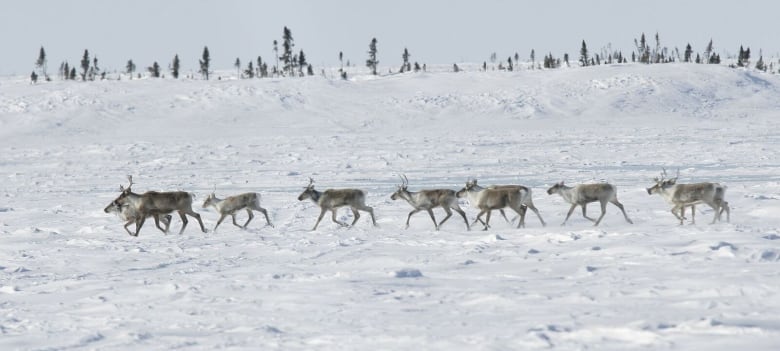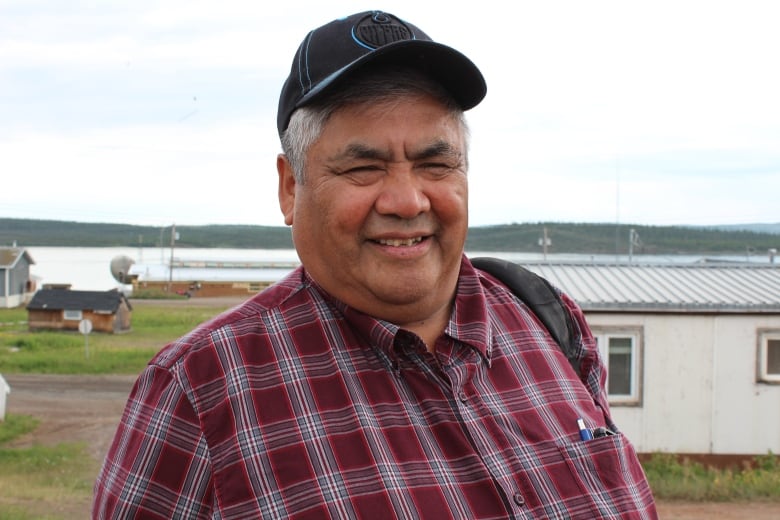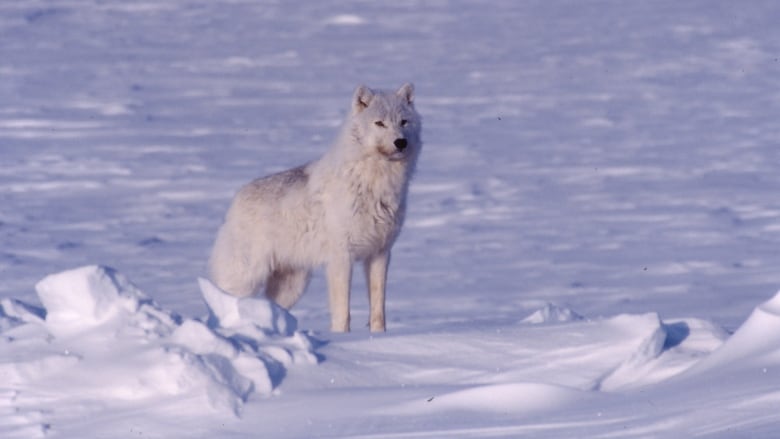This is simply APPALLING!!
‘Under no circumstances’ is successful bidder to release photos or videos to public, government says
The Northwest Territories government is rushing to hire a helicopter and shooter to start killing up to 300 of the wolves preying on declining caribou herds.
The Northwest Territories government is rushing to hire a helicopter and shooter to start killing up to 300 wolves preying on declining caribou herds.
The aerial cull is part of a wolf reduction plan proposed by the N.W.T. and Tłı̨chǫ governments. They want the wolf populations that prey on the Bathurst and Bluenose East caribou herds reduced by up to 80 per cent. An estimated 420 wolves hunt the herds.
Details of the cull are laid out in a request for tenders for a helicopter, pilot and shooter, that the government published Tuesday.
It says a fixed wing aircraft with spotter will fly over the winter ranges of the herds in the territory’s North Slave region and relay global positioning system coordinates of wolves it spots to the shooter and pilot in the helicopter.
The Department of Environment and Natural Resources wants the contract to start on Monday and continue for 10 to 20 days. It is currently working on placing 30 satellite collars on wolves that will give their locations in real time.
The tender also reveals the government’s sensitivity to public perception of the cull. It says the successful bidder is not allowed to take any photographs or video with their own equipment and “under no circumstances” can release them to non-government personnel, media or social media sites.

The request for bids on the project closes Friday.
Shooting wolves from helicopters has proven to be an effective way of reducing wolf numbers but there are questions around how humane it is. A 2015 study of an aerial cull in Alberta concluded that wolves shot from helicopters were not consistently killed humanely.
“Painful injuries and inhumane kills will inevitably occur, even with the hiring of skilled helicopter pilots and proficient shooters,” researchers wrote.
Reluctant acceptance
The cull comes after years of increasing restrictions on the hunting of caribou in the N.W.T., including by Indigenous people who have relied on caribou as their main food source for millennia.
“The elders have always said we have to respect the animals, including the wolves,” Yellowknives Dene First Nation Chief Edward Sangris said. “Hunting them from helicopters is not the best method to carry out. But they also said we have to look into the issue of the reducing caribou herd. If it helps, they’re okay with it, but up to a point.”

Sangris said hunting restrictions and the scarcity of caribou are having a profound impact on his people, particularly during the COVID-19 pandemic. He said having to turn to store-bought meat is probably hurting their immune systems.
A similar aerial wolf cull that’s been used for five years in northern British Columbia has seen caribou populations shift from declining by 15 per cent each year to increasing by that amount. A biologist from that program said because wolf populations bounce back very quickly, the aerial culling has to continue until the real cause of the caribou decline — habitat disturbance — is addressed.
Sangris is sceptical about the government taking action on that front
“All they do is talk,” he said. “They don’t follow up with any action. Certainly industry is putting pressure on wildlife. We have to consider how much is too much.”
Sangris said climate change and the warmer winters it brings may also be disrupting caribou migration patterns, with more animals wintering above the treeline.
Roads or caribou
The decline of the caribou herds coincides with the rise of diamond mining in the N.W.T. The two biggest mines, Diavik and Ekati, have been operating for more than 20 years. They are located between the Bathurst herd’s calving ground at Bathurst Inlet, Nunavut, and its winter range north of Great Slave Lake.
Source: N.W.T. government hoping to shoot wolves by air next week | CBC News

Comments
Pingback: N.W.T. government hoping to shoot wolves by air next week | Protect The Wolves
Pingback: N.W.T. government hoping to shoot wolves by air next week - News from protectthewolves.com